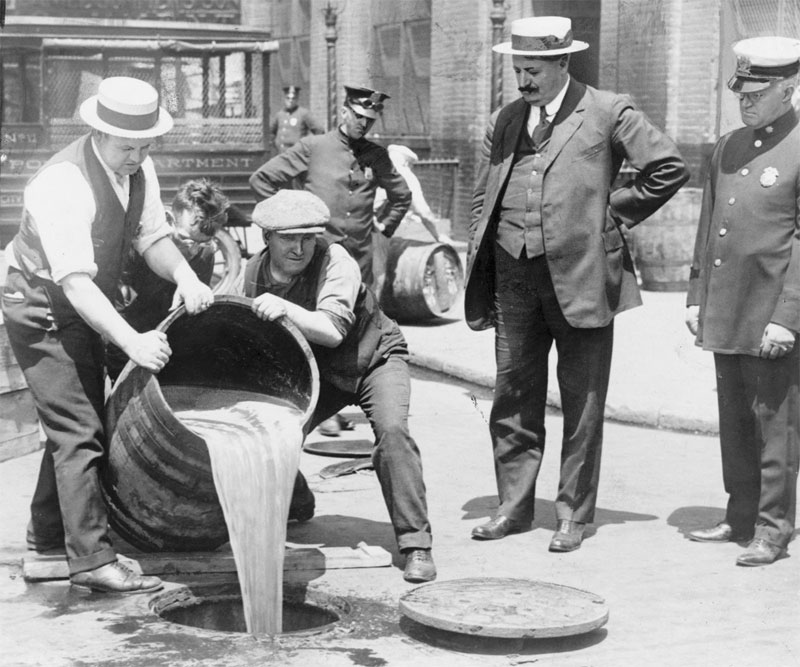I wondered if I should be using the Capitalisation of Excess Earnings method to value a business?
The method originated in 1920 in the US, from a Treasury Department memorandum and later update as an Internal Revenue Service (IRS) Revenue Ruling.
During prohibition, the breweries and distillers were clearly at a loss. The Excess Earnings method was promoted by the IRS to calculate the goodwill lost by those poor fellows.
Under the method, the key steps include:
1. determine the rate of return on tangible assets
2. calculate the earnings attributable to the tangible assets
3. deduct those earnings from total earnings
4. determine the rate of return on intangible assets
5. capitalise the “excess” earnings
and, voila, you have the value of goodwill.
To get to the value of the business, add the fair value of the tangible assets to the goodwill. Simple!
Even so, it seems overly complicated to me. For instance, the method involves estimating a required rate of return on the tangible assets and then a separate rate of return on the intangible assets.
How do you come up with these two discount rates? It is hard enough to justify a single rate for the entire business. This method seems to be double the trouble!
Who runs or buys a business and thinks separately about the return on the tangible and intangible components?
Maybe there is something I am missing?
I was comforted to learn than the IRS (who first promoted the method) now explicitly state that the method should only be used as a last resort. If it is used, the valuer needs to explain why they have adopted this archaic method.
To throw some more water on the Excess Earnings fire, Pratt (1) says:
“It is the most widely used and misused of all methods for valuing small businesses and professional practices”
And Jeffery Fox (2) says:
“to mechanically cite the Excess Earnings method as the authority for a closely held business valuation will leave an appraiser very vulnerable to criticism”
Trugman (3) sums it up:
“I would have liked to highlight a positive side of this (Excess Earnings) method, but I could not think of one
1. Pratt, Business Valuation News (1985)
2. Fox, Business Valuation News (1984)
3. Trugman, Understanding Business Valuations (2018)
Simon is an accredited business valuer and values private businesses for parties involved in disputes, business buyers or sellers seeking to transact and business owners raising finance or restructuring.


